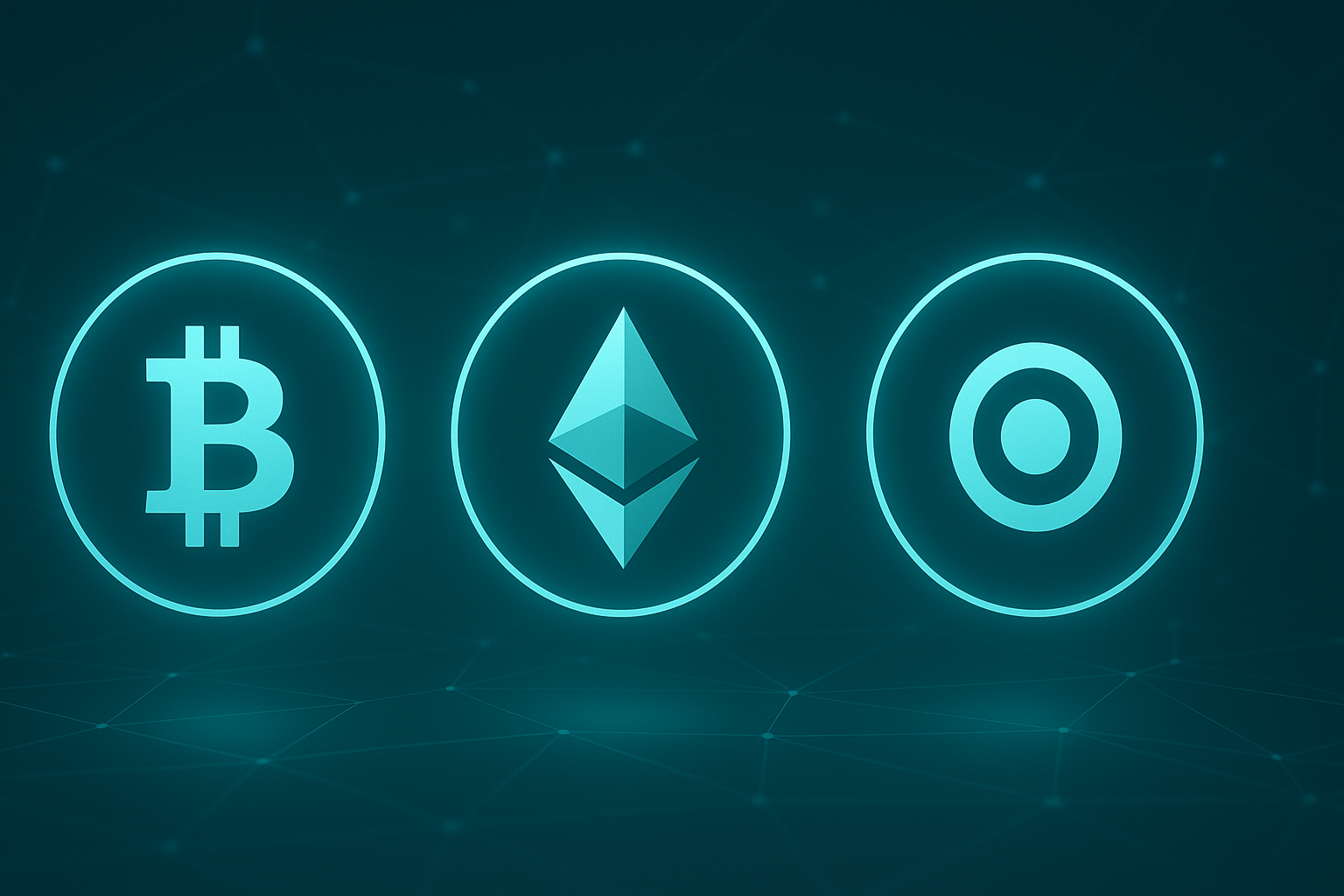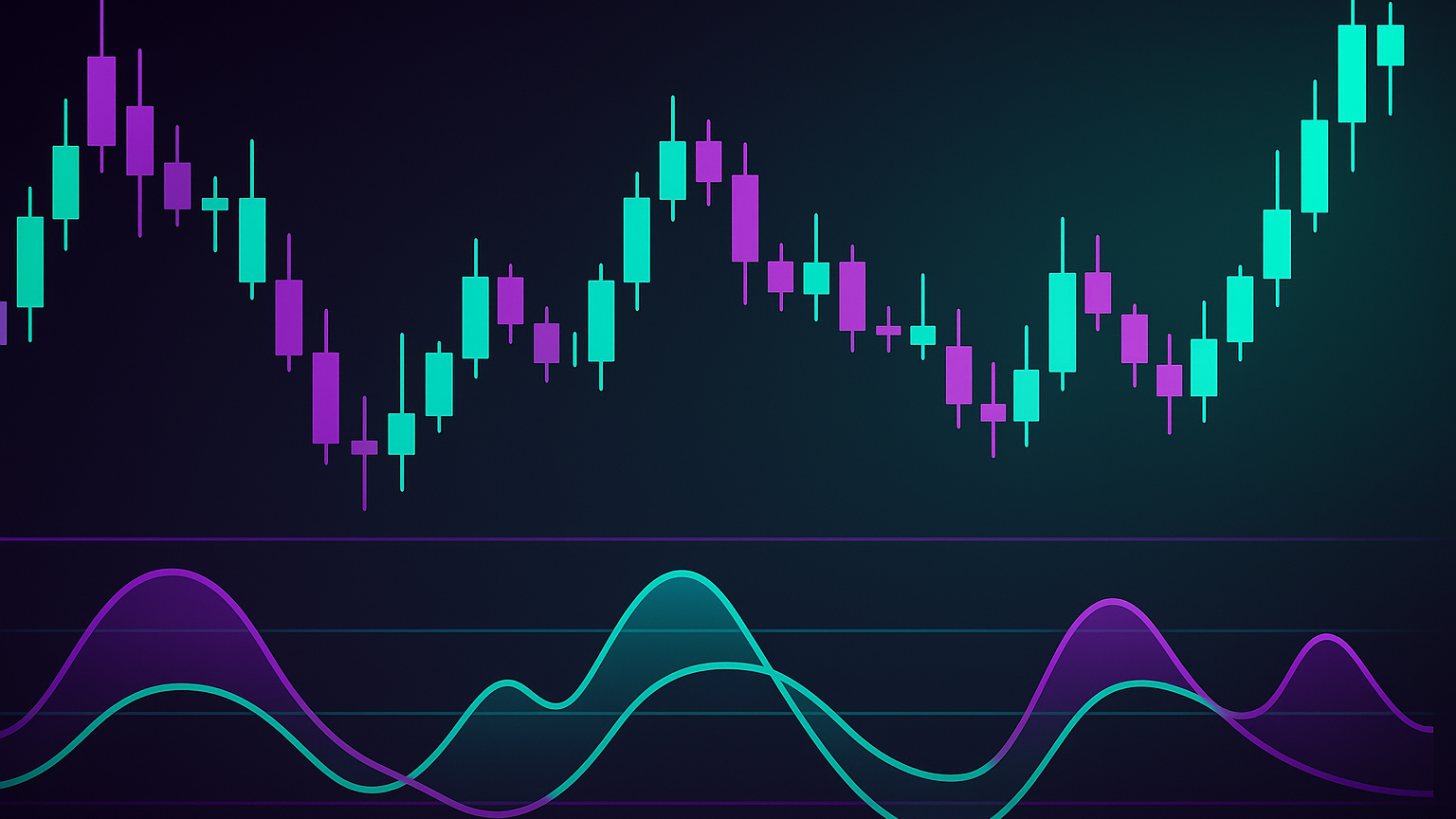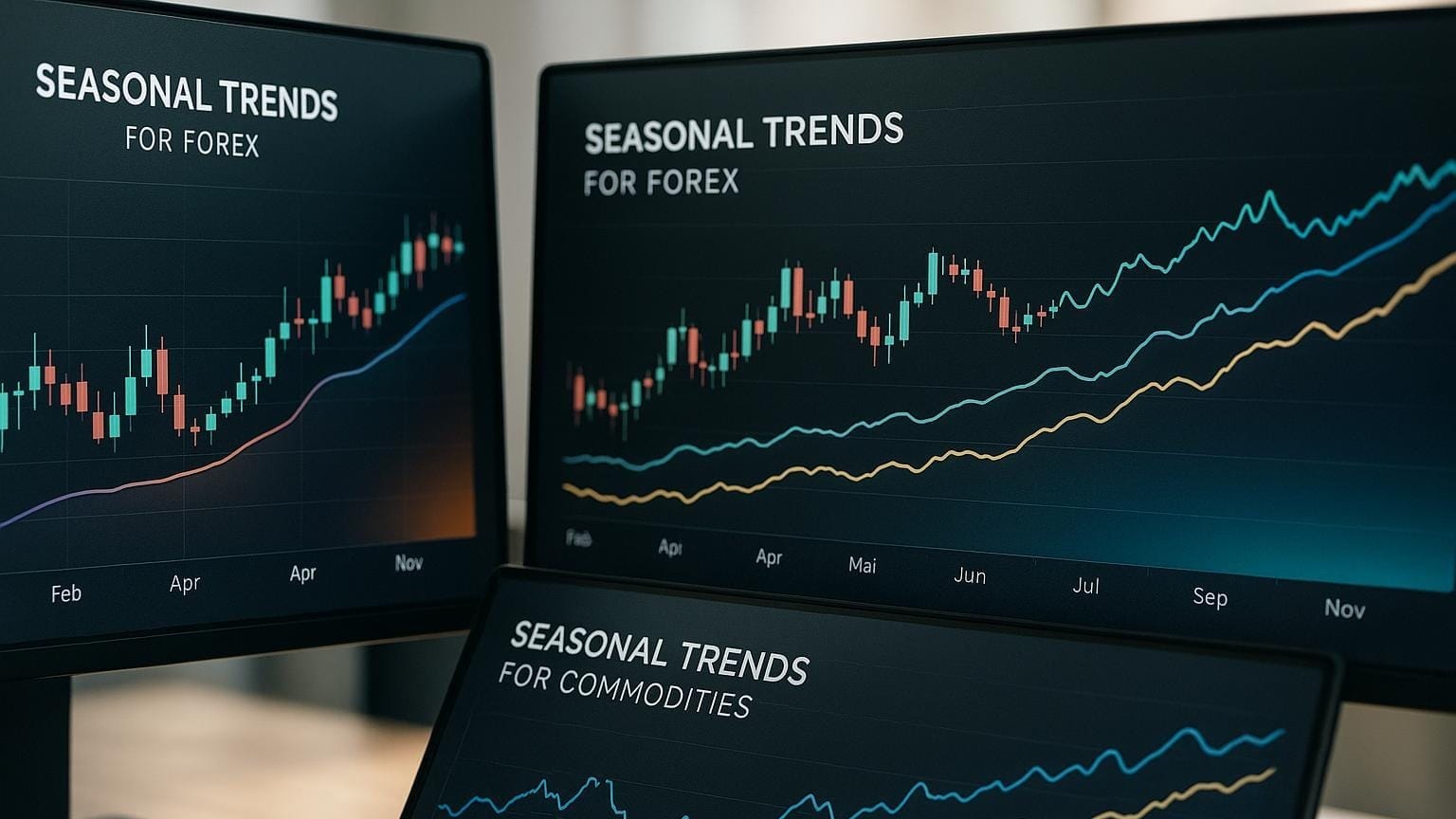Explore the fundamentals of cryptocurrency, its technology, security, and the evolving landscape of digital assets transforming finance.
Cryptocurrency is reshaping how we think about money. Unlike fiat currencies backed by governments and central banks, cryptocurrencies operate on decentralized networks, offering secure, fast, and global transactions. Here's what you need to know:
- What is Cryptocurrency? Digital money recorded on a blockchain, free from central authority control.
- Key Features: Decentralized, secure, and accessible with just an internet connection.
- Technology: Blockchain ensures tamper-proof records and transparency.
- Impact: Enables cross-border payments, financial inclusion, and decentralized apps (dApps).
- Examples: Bitcoin (store of value), Ethereum (smart contracts), and stablecoins like Tether (price stability).
- Security: Use cold wallets and strong authentication to protect your assets.
| Aspect | Traditional Currency | Cryptocurrency |
|---|---|---|
| Issuer | Central banks | Decentralized networks |
| Transaction Speed | Days for cross-border | Near-instant |
| Security | Central authority | Cryptographic protection |
Cryptocurrencies are driving financial innovation, but challenges like regulation and security risks remain. Dive into the details to learn how digital assets are transforming the global economy.
Cryptocurrency Basics Explained
Core Technology
Blockchain technology is the foundation of cryptocurrency systems, making secure and transparent digital transactions possible without the need for intermediaries. Here's a closer look at the technical framework behind cryptocurrencies.
Understanding Blockchain
At its core, blockchain is a distributed ledger that records cryptocurrency transactions in a way that cannot be changed. Unlike traditional centralized databases, blockchain ensures that transaction records are permanent and tamper-proof.
Here's a quick comparison between blockchain and traditional databases:
| Feature | Traditional Database | Blockchain |
|---|---|---|
| Control | Centralized authority | Distributed network |
| Data Modification | Records can be edited | Only new records can be added |
| Data Consistency | Single source of truth | Multiple synchronized copies |
| Security | Relies on central authority | Uses cryptographic verification |
| Access | Restricted to authorized users | Public verification possible |
"Blockchain is a secure database shared across a network of participants, where up-to-date information is available to all participants at the same time." – McKinsey
To illustrate blockchain's growth, the Bitcoin blockchain expanded from 50 GB in January 2016 to 100 GB by January 2017. By early 2020, its size had surpassed 200 GB. This ever-growing, unchangeable ledger is key to its strength, particularly in security.
Security Through Decentralization
The decentralized nature of blockchain enhances its security by distributing control across a network. This setup provides several advantages:
- Network Resilience: The decentralized structure protects the integrity of digital assets.
- Censorship Resistance: No central authority can block or reverse transactions.
- Data Integrity: Multiple copies of the ledger ensure accuracy and prevent tampering.
"Decentralized networks are your protection against Big Brother. Unlike their centralized and easily corruptible counterparts, they champion individual freedom through censorship resistance." – SatoshiLabs
For example, Bitcoin's network has achieved an impressive 99.98% uptime since its launch in January 2009.
Mining and Verification
Mining is the process that validates transactions and secures the blockchain network. Miners use computational power to solve complex mathematical problems, which enables them to add new blocks of transactions to the blockchain.
The mining process includes several key steps:
-
Block Creation
The Bitcoin network aims to generate a new block roughly every 10 minutes. -
Difficulty Adjustment
Mining difficulty is automatically adjusted about every two weeks, depending on the number of participants. As of December 5, 2024, the difficulty level had reached 102.89 trillion. -
Verification System
Miners ensure the accuracy of transactions and prevent issues like double-spending.
"Cryptocurrency mining is a process that involves validating transactions and adding them to a blockchain, a public ledger of all transactions made within a cryptocurrency network...it ensures the accuracy of the shared records and maintains the network's security." – Coinbase
Main Cryptocurrency Categories

Digital assets play diverse roles in today's financial landscape. These categories highlight the technologies and decentralized principles shaping the cryptocurrency world.
Bitcoin: The Original Cryptocurrency
Bitcoin remains the most recognized digital currency, holding a market cap of $1.3 trillion as of March 2024, which accounts for 48% of the market.
| Feature | Description |
|---|---|
| Transaction Speed | 7 transactions per second |
| Block Time | 10 minutes on average |
| Supply Cap | 21 million coins |
| Consensus | Proof-of-Work (PoW) |
| Function | Store of value and transactions |
Ethereum and Smart Contracts
While Bitcoin dominates as a store of value, Ethereum has carved out its niche by enabling smart contracts and decentralized applications. As of March 2024, Ethereum's market capitalization stands at $420 billion.
| Feature | Description |
|---|---|
| Transaction Speed | 30 transactions per second |
| Block Time | 15 seconds on average |
| Supply | Unlimited |
| Consensus | Proof-of-Stake (PoS) |
| Function | Smart contracts & dApps |
Other Coins and Tokens
Beyond Bitcoin and Ethereum, the cryptocurrency market includes thousands of altcoins with specialized purposes. As of December 2024, there are over 16,500 digital assets.
Some of the most prominent altcoins by market value include:
| Cryptocurrency | Market Value* | Function |
|---|---|---|
| Tether (USDT) | $119.70 billion | Stablecoin |
| Binance Coin (BNB) | $84.1 billion | Exchange utility |
| Solana (SOL) | $68.82 billion | Smart contracts |
| Cardano (ADA) | $12.35 billion | Smart contracts |
| Avalanche (AVAX) | $11.63 billion | DeFi platform |
Using and Storing Cryptocurrencies
Managing digital assets effectively requires secure storage and careful trading practices. As cryptocurrencies become more popular, ensuring their safety is critical.
Wallet Types and Security
Cryptocurrency wallets let you interact with the blockchain using public and private keys. Think of the public key as your account number for receiving funds, while the private key is like a PIN that lets you access and spend your crypto.
| Wallet Type | Features | Best For | Security Level |
|---|---|---|---|
| Hot Wallets | Online and easy to access | Daily transactions | Moderate |
| Cold Wallets | Offline, often hardware-based | Long-term holdings | High |
| Custodial | Managed by a third party | Beginners | Varies |
| Non-custodial | Fully user-controlled | Experienced users | High |
Buying and Trading
Trading cryptocurrencies is straightforward with the right platform. Your choice should depend on factors like available assets, security, fees, and overall user experience.
| Platform Type | Benefits | Limitations |
|---|---|---|
| Exchanges | Wide range of cryptocurrencies | Requires KYC verification |
| Traditional Brokers | Access to various asset types | Limited crypto options |
| Payment Apps | Easy to use | Higher fees |
| P2P Platforms | Direct trading | Liquidity varies |
"Cryptocurrency is a unit of measure. It is a digital token that can be transferred from one party to another, but not duplicated." – Charles Allen, chief executive of BTCS, Inc.
Safety Guidelines
Keeping your cryptocurrency safe is just as important as choosing the right platform. In October 2023, hackers stole $4.4 million from 25 LastPass users’ wallets. To protect your assets, follow these key practices:
| Security Measure | How to Implement |
|---|---|
| Asset Distribution | Use cold wallets for most funds; hot wallets for daily use |
| Authentication | Enable two-factor authentication (2FA) |
| Backup Strategy | Store seed phrases offline in a secure location |
| Software Updates | Regularly update wallet software |
| Purchase Security | Buy hardware wallets only from trusted vendors |
Although cryptocurrency theft fell to $1.7 billion in 2023 from $3.8 billion in 2022, the risks remain significant. Poor security practices have also contributed to the permanent loss of about 17% of all Bitcoin.
Looking Ahead
The crypto market is on the cusp of major shifts, driven by emerging trends and evolving technologies.
Market Growth and Challenges
The total market value of cryptocurrencies is projected to hit $3.4 trillion by 2025. This growth is fueled by institutional interest and advancements in technology.
| Growth Factor | Current Status | Future Outlook |
|---|---|---|
| Bitcoin Halving | 146% price increase expected in 2024 | Reduced supply boosting value |
| ETF Adoption | BlackRock's Bitcoin ETF holds over 71,000 BTC | Greater access for institutions |
| Stablecoin Market | Valued at $130 billion | Expected to grow to $400 billion by 2025 |
However, challenges remain. Out of 60 countries analyzed, only 33 fully accept cryptocurrencies, while 17 impose partial restrictions and 10 enforce complete bans. These hurdles highlight the tension between rapid market growth and regulatory adaptation.
Shifts in Banking and Finance
The banking sector is increasingly adopting crypto technologies, particularly for cross-border transactions and asset management.
"Crypto in 2025 isn't just about speculation, it's about real change... Institutional players are here to stay, regulations are becoming clearer, and blockchain technology is proving its worth beyond hype." – Laurent Dupont
Banks like BBVA Switzerland and Travelex Bank are already using digital asset platforms to offer faster payments and new services. The Lightning Network, capable of processing millions to billions of transactions per second, is transforming payment efficiency.
| Banking Innovation | Benefits | Current Status |
|---|---|---|
| Cross-border Payments | Real-time settlements | Actively used |
| Digital Asset Custody | Combines traditional and crypto assets | Increasing adoption |
| Stablecoin Services | Improves liquidity management | Emerging use cases |
Emerging Applications
Blockchain is branching into other cutting-edge areas, including artificial intelligence (AI), which has seen a 140% market cap growth. Key applications include:
| Application | Description | Current Status |
|---|---|---|
| RWA Tokenization | Digital tokens tied to real-world assets | Rapid growth |
| Decentralized Identity | Secure management of digital identities | Early adoption phase |
| Green Projects | Support for eco-friendly initiatives | Gaining traction |
| AI-Crypto Integration | Smart contracts powered by AI | Under active development |
Scalability solutions like Arbitrum, zkSync, and Optimism are tackling blockchain efficiency issues. Meanwhile, tools like Universal Money Addresses (UMA) simplify global transactions using the Lightning Network. These developments signal that crypto's influence is expanding well beyond its financial roots.
Summary
The rise of cryptocurrencies marks a shift in the financial landscape. Now valued at around $2.4 trillion, they have moved beyond simple transactions to reshape global finance and expand access to financial tools.
A key strength of cryptocurrencies is their foundation on blockchain technology, known for its secure and transparent structure. However, the loss of access to approximately 20% of bitcoins due to misplaced keys highlights how crucial proper security measures are.
| Aspect | Traditional Finance | Cryptocurrency Ecosystem |
|---|---|---|
| Transaction Settlement | Days for cross-border | Near-instant |
| Infrastructure | Centralized banks | Decentralized networks |
| Transaction Volume | Visa-level processing | Ethereum: $1.5T quarterly |
| Security Model | Government backing | Cryptographic protection |
| Market Access | Limited by location | Global accessibility |
Decentralized finance (DeFi) has further expanded crypto's potential. Platforms like Uniswap manage trading volumes equal to 30% of Coinbase’s, while decentralized lending platforms process billions each month. Even major institutions like Mastercard are integrating blockchain into their operations.
However, rapid growth comes with significant challenges. Cryptocurrencies remain highly speculative and subject to extreme price swings. For instance, Bitcoin's value plummeted from $65,000 to $20,000 within 18 months. Additionally, security breaches led to losses exceeding $3.8 billion in 2022. Balancing the opportunities with these risks is essential, especially as regulations continue to evolve.








